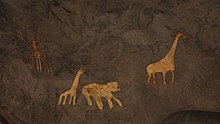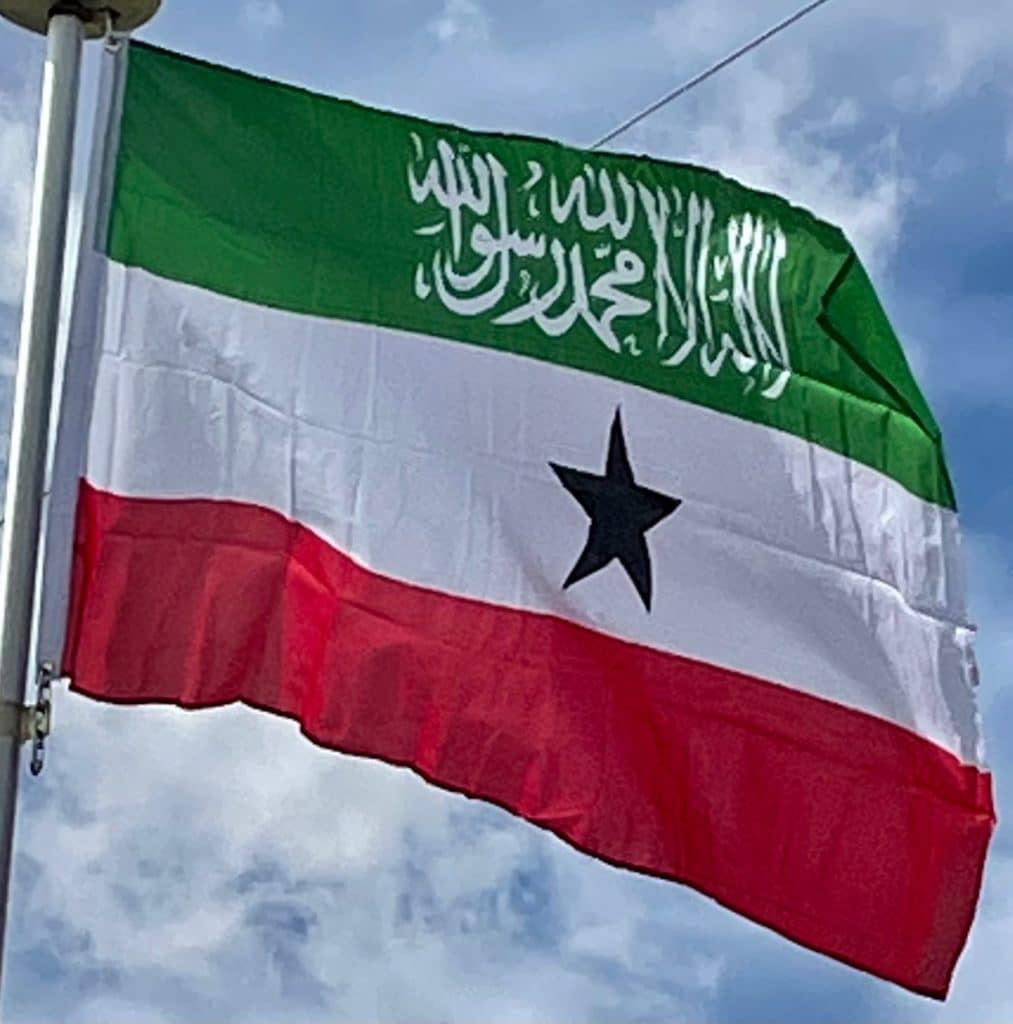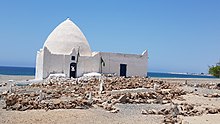Since 1991, the territory has been governed by democratically elected governments that seek international recognition as the government of the Republic of Somaliland. The central government maintains informal ties with some foreign governments, who have sent delegations to Hargeisa. Ethiopia also maintains a trade office in the region. However, Somaliland’s self-proclaimed independence has not been officially recognized by any country or international organization. It is a member of the Unrepresented Nations and Peoples Organization, an advocacy group whose members consist of indigenous peoples, minorities and unrecognized or occupied territories.
History:
Prehistory:

According to linguists, the first Afroasiatic-speaking populations arrived in the region during the ensuing Neolithic period from the family’s proposed urheimat (“original homeland”) in the Nile Valley, or the Near East.
The Laas Geel complex on the outskirts of Hargeisa in northwestern Somaliland dates back around 5,000 years, and has rock art depicting both wild animals and decorated cows. Other cave paintings are found in the northern Dhambalin region, which feature one of the earliest known depictions of a hunter on horseback. The rock art is in the distinctive Ethiopian-Arabian style, dated to 1,000 to 3,000 BCE. Additionally, between the towns of Las Khorey and El Ayo in eastern Somaliland lies Karinhegane, the site of numerous cave paintings of real and mythical animals. Each painting has an inscription below it, which collectively have been estimated to be around 2,500 years old.
Antiquity and classical era:
The camel is believed to have been domesticated in the Horn region sometime between the 2nd and 3rd millennium BCE. From there, it spread to Egypt and the Maghreb. During the classical period, the northern Barbara city-states of Mosylon, Opone, Mundus, Isis, Malao, Avalites, Essina, Nikon, and Sarapion developed a lucrative trade network, connecting with merchants from Ptolemaic Egypt, Ancient Greece, Phoenicia, Parthian Persia, Saba, the Nabataean Kingdom, and the Roman Empire. They used the ancient Somali maritime vessel known as the beden to transport their cargo.
After the Roman conquest of the Nabataean Empire and the Roman naval presence at Aden to curb piracy, Arab and Somali merchants agreed with the Romans to bar Indian ships from trading in the free port cities of the Arabian peninsula to protect the interests of Somali and Arab merchants in the lucrative commerce between the Red and Mediterranean Seas. However, Indian merchants continued to trade in the port cities of the Somali peninsula, which was free from Roman interference.

